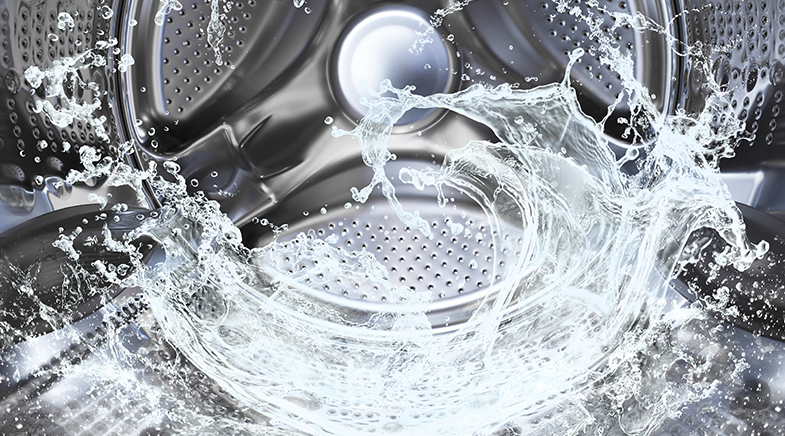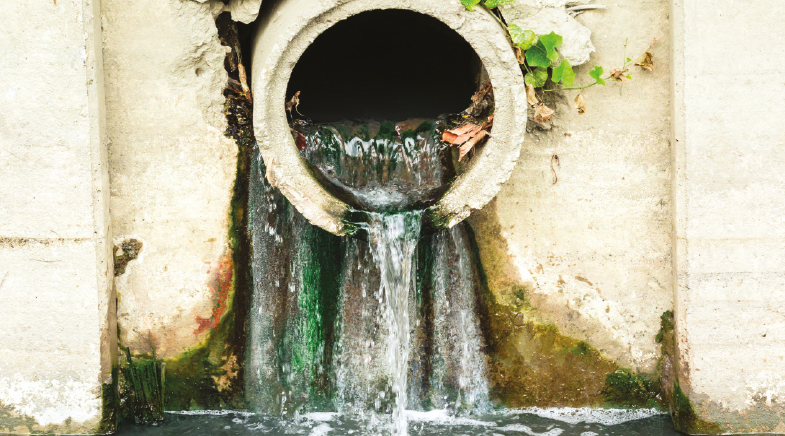Out of the box
-
- from Shaastra :: vol 02 issue 01 :: Jan - Feb 2023

Technology is helping researchers deal with microplastics.
Passers-by tend to walk past a wastewater treatment plant (WWTP) without giving it much thought. But some scientists are looking at these plants with growing interest. That's because WWTPs are repositories of an all-pervasive and dangerous class of pollutants: microplastics or pieces of plastic that are just 5mm long or smaller.
Though microplastics were described back in the 1970s, it was only in 2004 that British scientist Richard Thompson and his team showed how these had been accumulating in the oceans since the 1960s. Researchers have since then been looking at ways to prevent microplastics from polluting the water, air and soil.
Tackling WWTPs is one way of doing it. A WWTP channels and treats a city's wastewater from domestic, occupational and industrial sources. The water that flows out, mostly to sea, is cleaner than the input but still contains large quantities of microplastics.
Researchers are looking at filtering out microplastics from WWTPs, preventing the particles from leaking into the ocean, and then into non-human and human bodies.
Water clean-up technology helps in removing microplastics from WWTPs, says a paper (bit.ly/plastics-WWTP) published in Environment International by a Chinese team. According to Nature (bit.ly/wastewater-biofiltration), 'biofilters' — defined as "sand (or) granular activated carbon", coated with 'biofilm' or a layer of microbes — may help remove microplastics from treated water. Also effective are 'membrane bioreactors', specially designed tanks in which microbes can break down wastewater and make it less harmful.
Screens filter out large pieces of plastic, too, says the Chinese study, which adds that WWTPs can also benefit from the removal of grit. Also helpful are membranes with nano-scale pores, which block the microplastics.
Other advanced technologies endorsed by studies are on the use of magnetic materials (including carbon nanotubes), which grab microplastics in water and are filtered out with them (bit.ly/microplastics-nanotubes); filters comprising metal-organic frameworks; and ultrasound emissions.Upgraded wastewater treatment plants are only one aspect of the solution. Preventive and curative measures are emerging as a comprehensive array.
PAST ISSUES - Free to Read


Have a
story idea?
Tell us.
Do you have a recent research paper or an idea for a science/technology-themed article that you'd like to tell us about?
GET IN TOUCH














